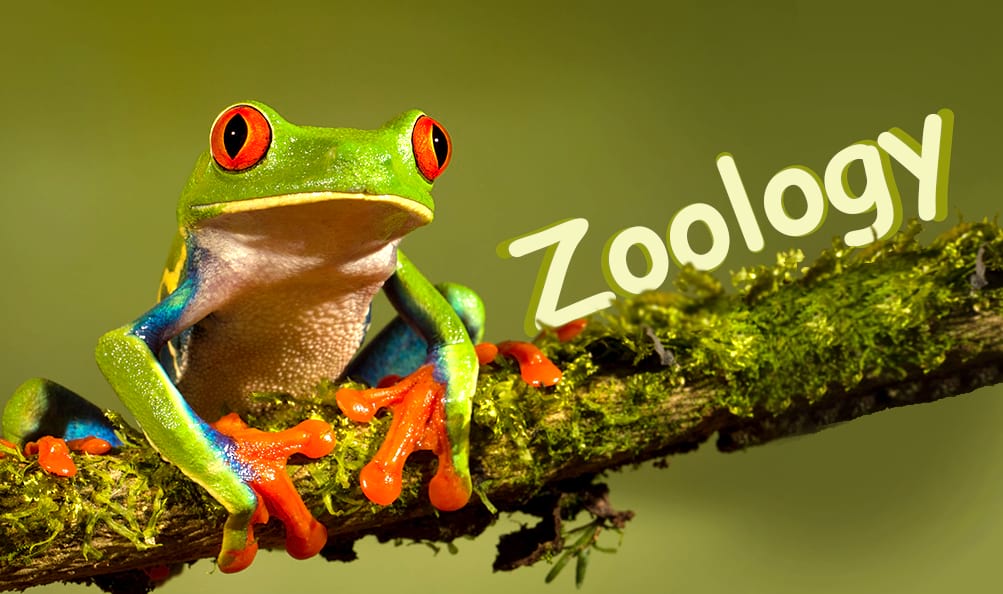Movement is a characteristic feature of animals, essential for survival activities like seeking food, escaping predators, and finding mates. This chapter examines the muscular and skeletal systems that enable movement in animals, with emphasis on the human musculoskeletal system. It explains the structural organization of bones, joints, and skeletal muscles, and the molecular basis of muscle contraction. The chapter also explores various types of movements in different animal groups and disorders affecting the musculoskeletal system.
Complete Chapter-wise Hsslive Plus One Zoology Notes
Our HSSLive Plus One Zoology Notes cover all chapters with key focus areas to help you organize your study effectively:
- Chapter 1 The Living World
- Chapter 2 Animal Kingdom
- Chapter 3 Structural Organisation in Animals
- Chapter 4 Biomolecules
- Chapter 5 Digestion and Absorption
- Chapter 6 Breathing and Exchange of Gases
- Chapter 7 Body Fluids and Circulation
- Chapter 8 Excretory Products and their Elimination
- Chapter 9 Locomotion and Movement
- Chapter 10 Neural Control and Coordination
- Chapter 11 Chemical Coordination and integration
